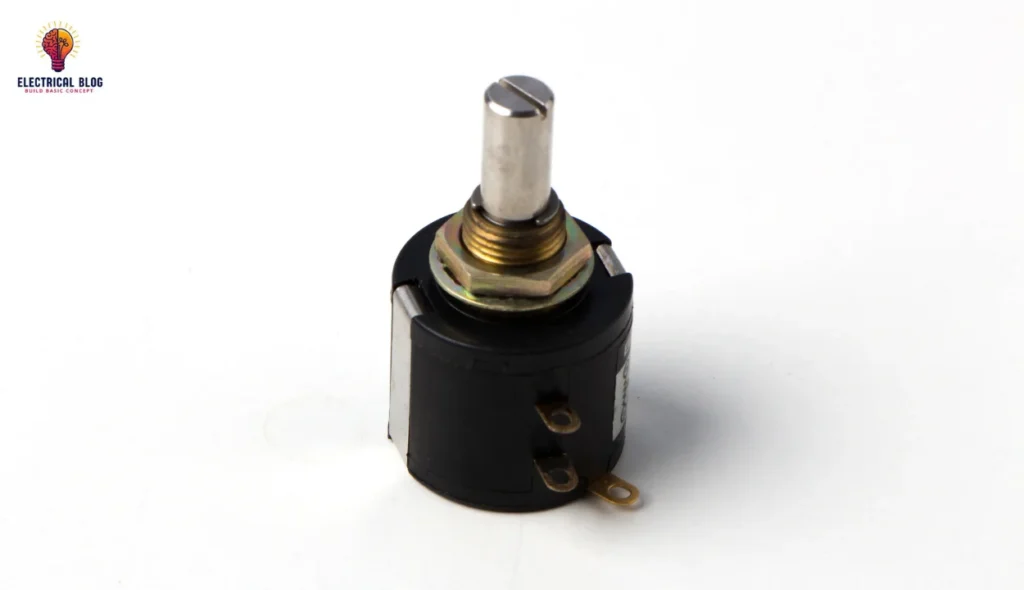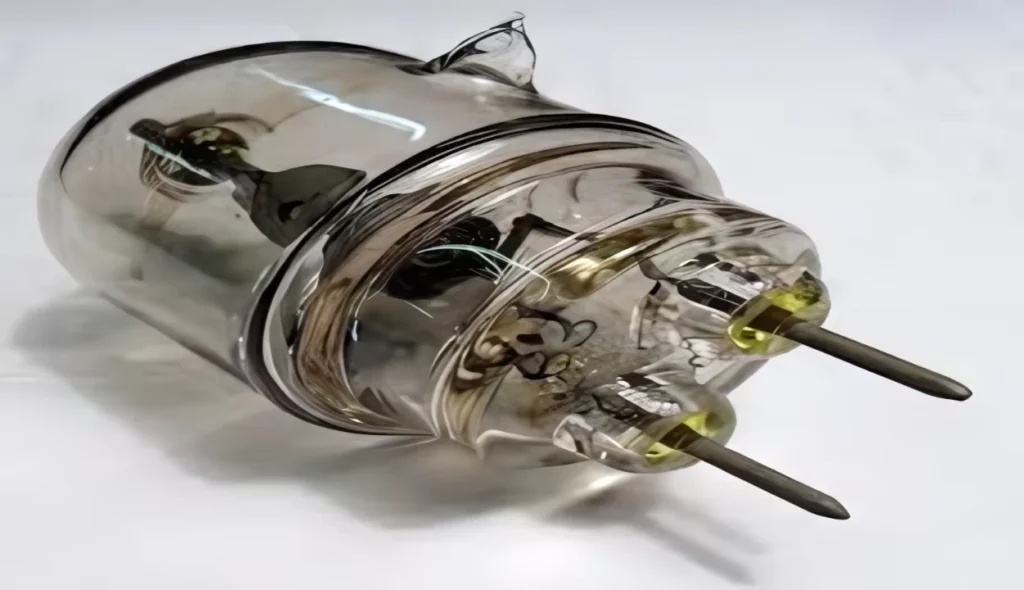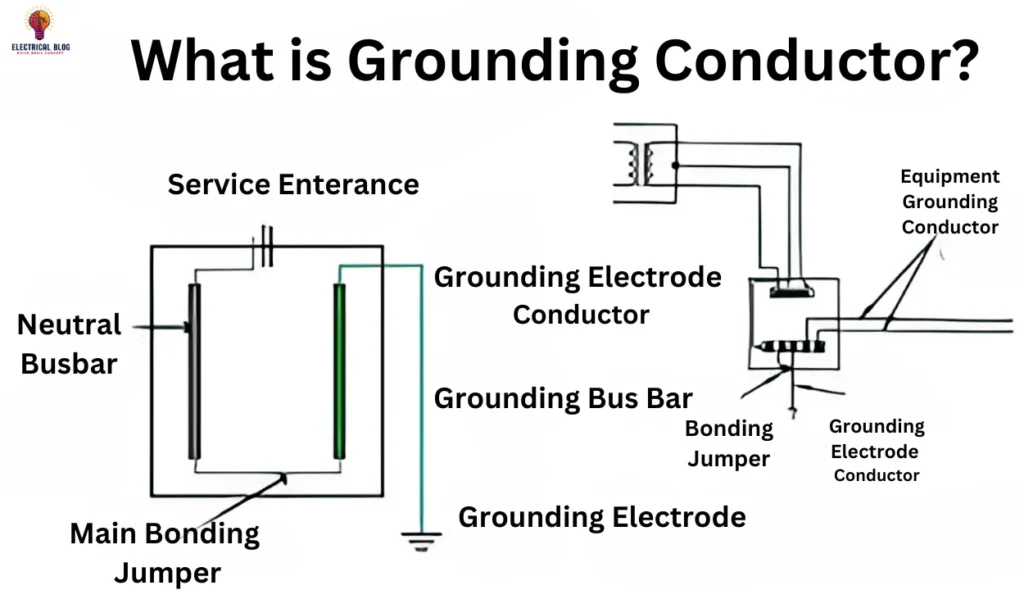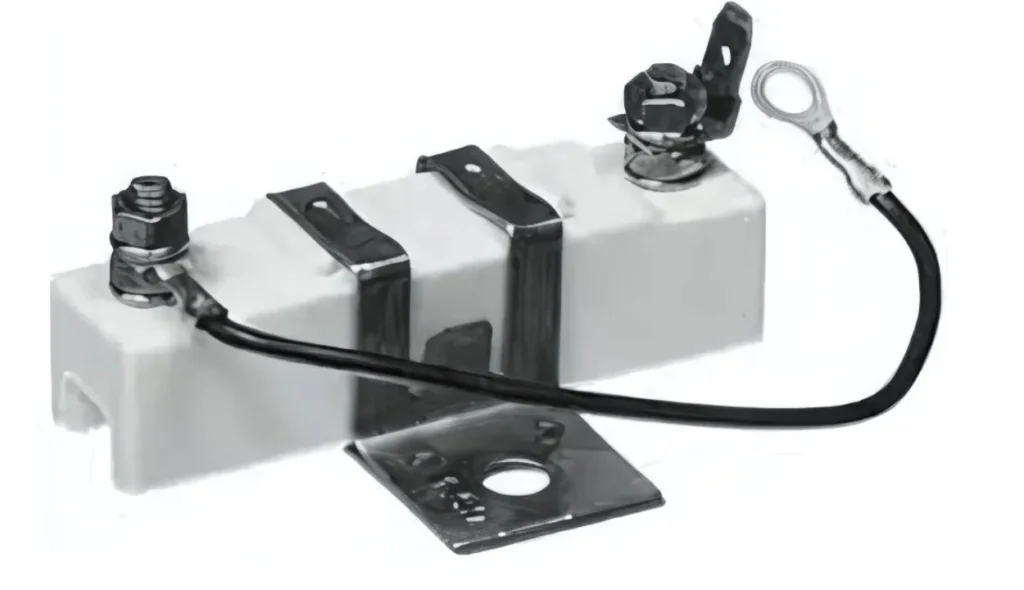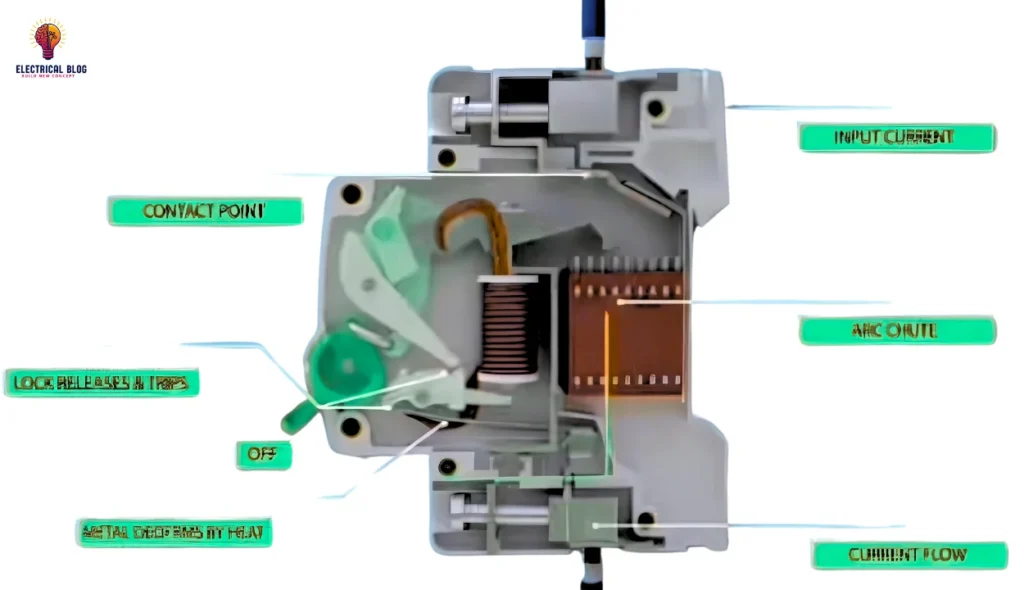What is an NTC Thermistor? Key Facts & Uses
Understanding NTC thermistors When working with NTC thermistors, I’ve seen how their resistance behaves uniquely—it decreases as temperature increases, making them incredibly useful as sensors. Their high sensitivity allows for precise measurement of heat changes, typically within a range of −55°C to 200°C. Unlike RTDs or silistors, they have a much greater coefficient, making them […]


